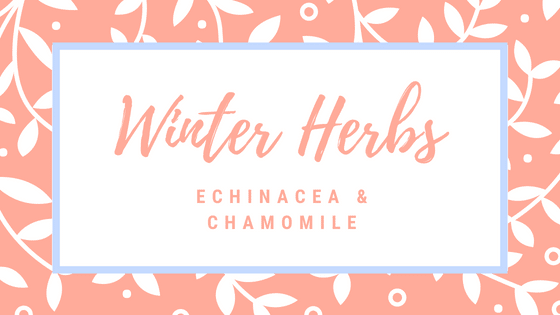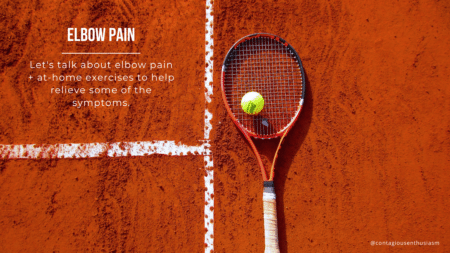Winter herbs

Echinacea and chamomile are very appropriate during the winter months so I’ve decided to give them a quick run down on how amazing they are.
So why not brew yourself a cup of herbal tea, sit back and enjoy some herbal reading!
Echinacea
Echinacea would have to be one of my all time favourite herbs. The distinctive purple coneflower is a visual delight, and this incredible herb’s medicinal actions are wide and varied.
Native to North America, there are nine species of echinacea, but only three are used medicinally. Given we have now in the depths of winter in the southern parts of Australia, I feel it is a fitting time to discuss the immune enhancing effects of echinacea.
Information about the value of echinacea first came from the Native American tribes. Their use of echinacea was then adopted by the Eclectics, a group of practitioners from the late 19th and early 20th Centuries in the US. By 1921, echinacea was by far the most popular treatment prescribed by the Eclectics. The Eclectics used echinacea for about 50 years and accumulated extensive clinical experience in its use.
Over the years, some solid research has been conducted regarding echinacea. One study of note relates to taking echinacea during air travel. Adults travelling return from Australia to America, Europe or Africa on commercial flights via economy class took MediHerb Echinacea Premium tablets or placebo in a randomised, double-blind trial. Treatment began 2 weeks before flying overseas and finished 2 weeks after returning to Australia. The dose was one tablet twice daily, increasing to 2 tablets twice daily whilst flying. Participants were allowed to take a sick dose (3 tablets twice daily) if cold- or flu-like symptoms occurred. The sick dose could only be taken for up to 8 consecutive days or twice for 4 days during the whole travel period. Echinacea Premium was found to reduce the incidence of respiratory symptoms.
I dispense echinacea in tincture, tablet and dried form. The gorgeous flowers can be seen in gardens in Melbourne and surrounds during spring and summer.
Chamomile
Chamomile is another of my favourite herbs, and I dispense it in both tincture and dried form at clinic. (I dispense the German chamomile).
Drinking chamomile feels like a herbal hug – it is so nurturing and calming.
If you are feeling a little worn out this winter, it is sure to give you a lift.
The two widely known varieties are German chamomile (matricaria recucita) and Roman/English/Lawn chamomile (anthemis nobilis), the latter being a more bitter and stronger acting herb.
The herbalist Matthew Wood describes chamomile as a folk medicine of great antiquity in Europe.
Mrs Grieve (legendary herbalist) states, “no plant was better known to the country folk of old, it having been grown for centuries in English gardens for its use as a common domestic medicine. The fresh plant (of anthemis nobilis) is strongly and agreeably aromatic, with a distinct scent of apples – a characteristic noted by the Greeks, on account of which they named it ‘ground-apple’ – kamai (on the ground) and melon (an apple) – the origin of the name Chamomile. When walked on, its strong, fragrant scent will often reveal its presence before it is seen. For this reason it was employed as one of the aromatic strewing herbs in the Middle Ages, and used often to be purposely planted in green walks in gardens.”
W.T. Fernie described chamomile as “a physician to the plant world. Nothing contributes so much to the health of a garden as a number of chamomile herb dispersed about it….if another plant is drooping…in nine cases out of ten it will recover of you place a herb of chamomile near it.”
German chamomile is an excellent children’s remedy, and is gentle enough to be used across all age groups. It calms both the nervous and digestive systems. It can assist restlessness, tension and sleep problems.
It is also an excellent herb for relieving muscular spasm, such as period pain, colic, and pain associated with constipation.
I find it to be an incredibly relaxing herb to drink after dinner – it settles digestion, and makes for a calming pre-sleep brew.
I hope you have enjoyed reading about these beautiful herbal helpers.
Stay Warm!





